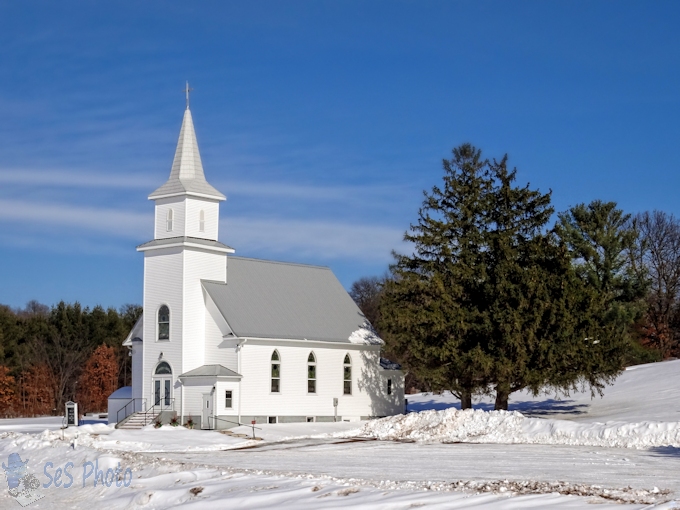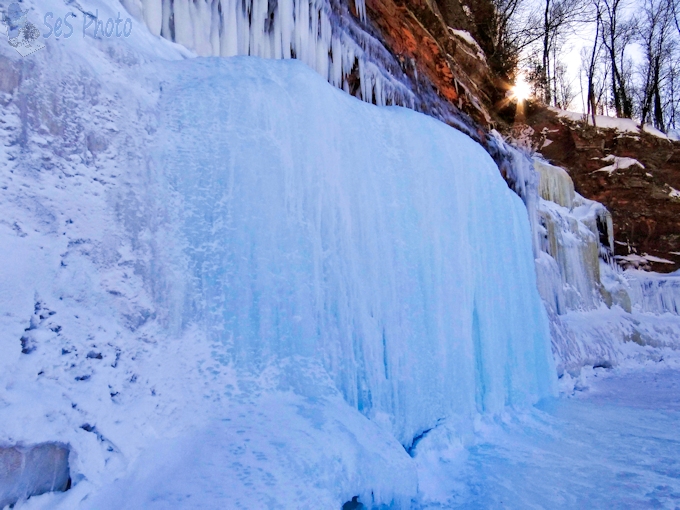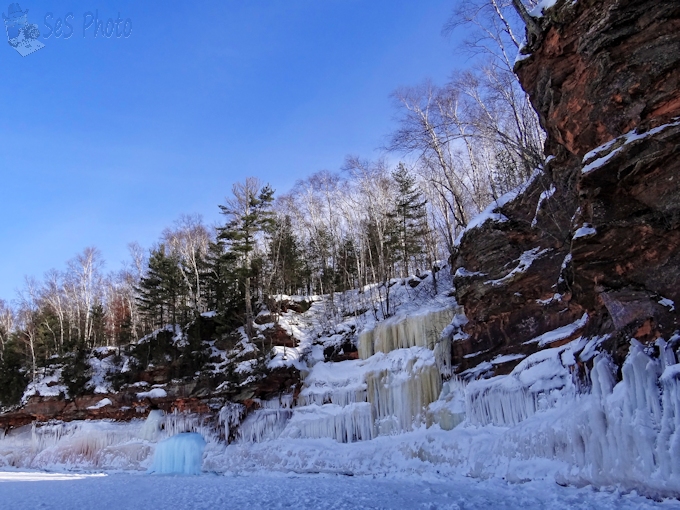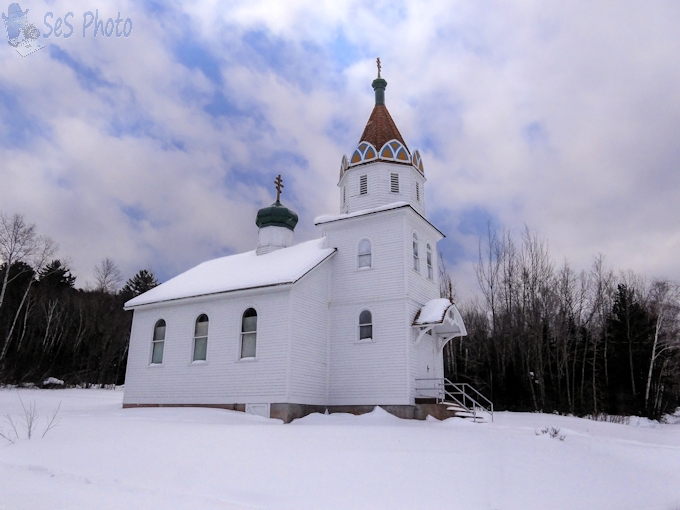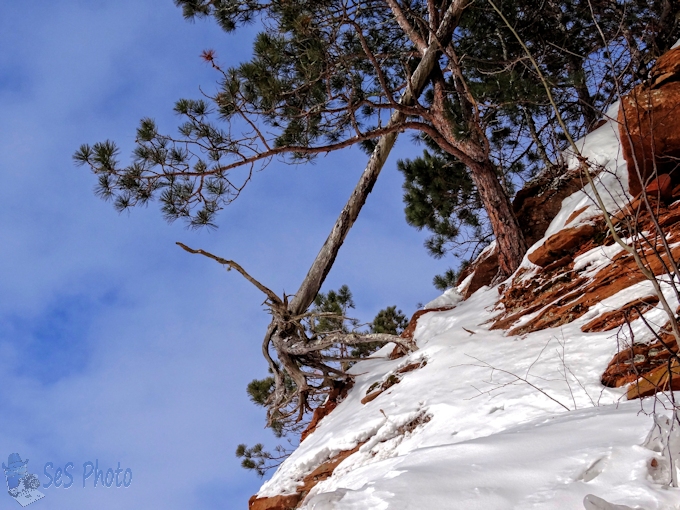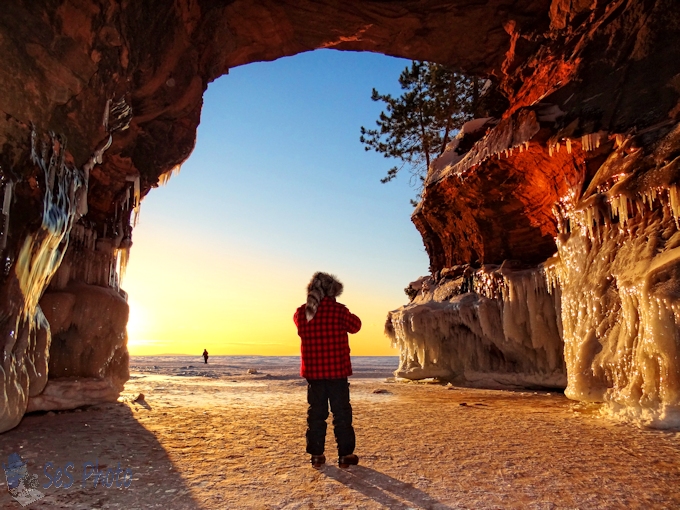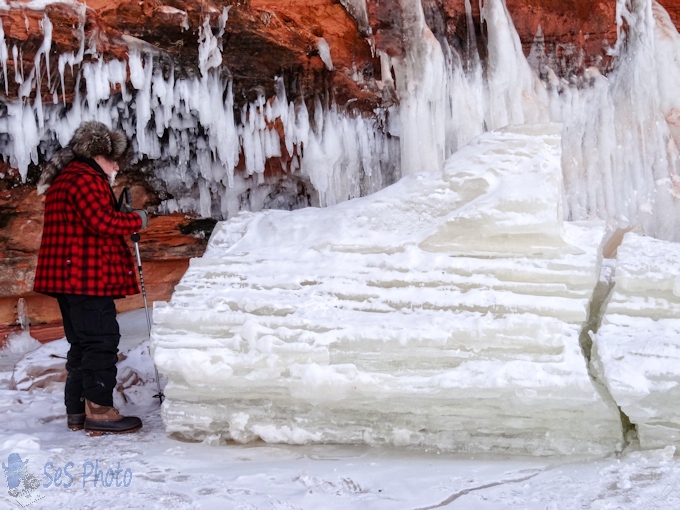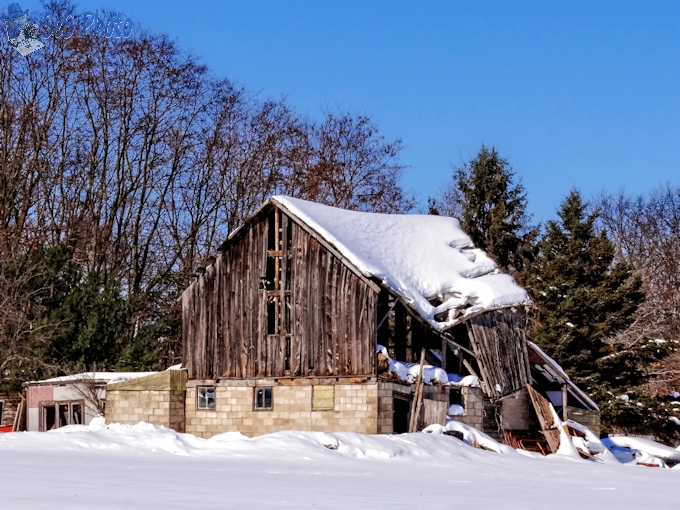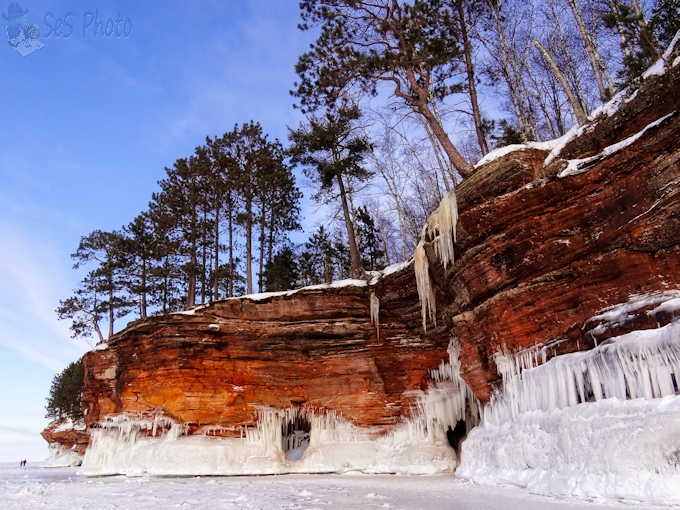I try, when I can, find information on the subjects I photograph and the first thing I found about this church once I knew its name was that the church had a 1928 Hinners Organ. St. Katherine Evangelical Lutheran Church, near Rusk, Wisconsin, was organized on February 9, 1878 and the church was completed in August of that year. Its original name was The Evangelical Lutheran St. Katherine Church of the Unaltered Augsburg Confession.
But the more interesting story is the company that made the organ. The Hinners Organ was dedicated to the manufacture of pipe organs for smaller churches and enjoyed much success from its conception in May 1879. It depended entirely on a catalog as the company employed no salesmen, and therefore it was able to sell its organs at a very reasonable price.
The Great Depression played a big part in the company’s demise, but with the lack of salesmen, the company lost contact with its market developments and the need of larger organs for city churches and theaters. Disagreements among the owners about building bigger organs spelled doom for the Hinners Company and the company dissolved in October 1942.
St. Katherine Church
